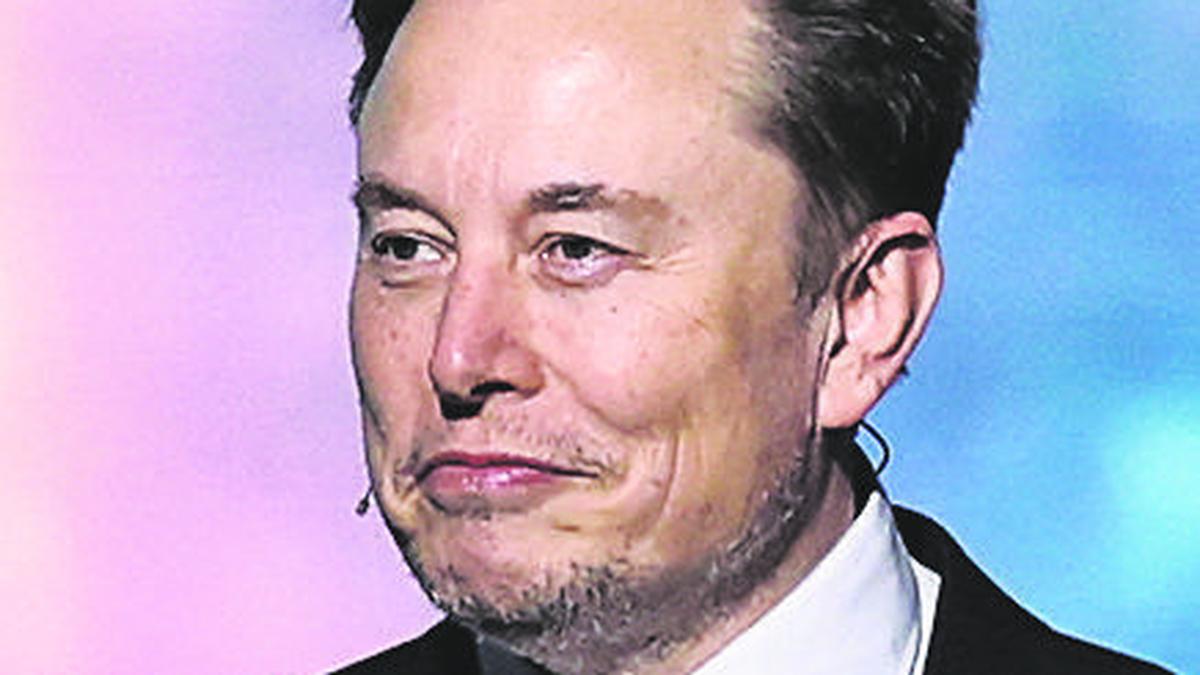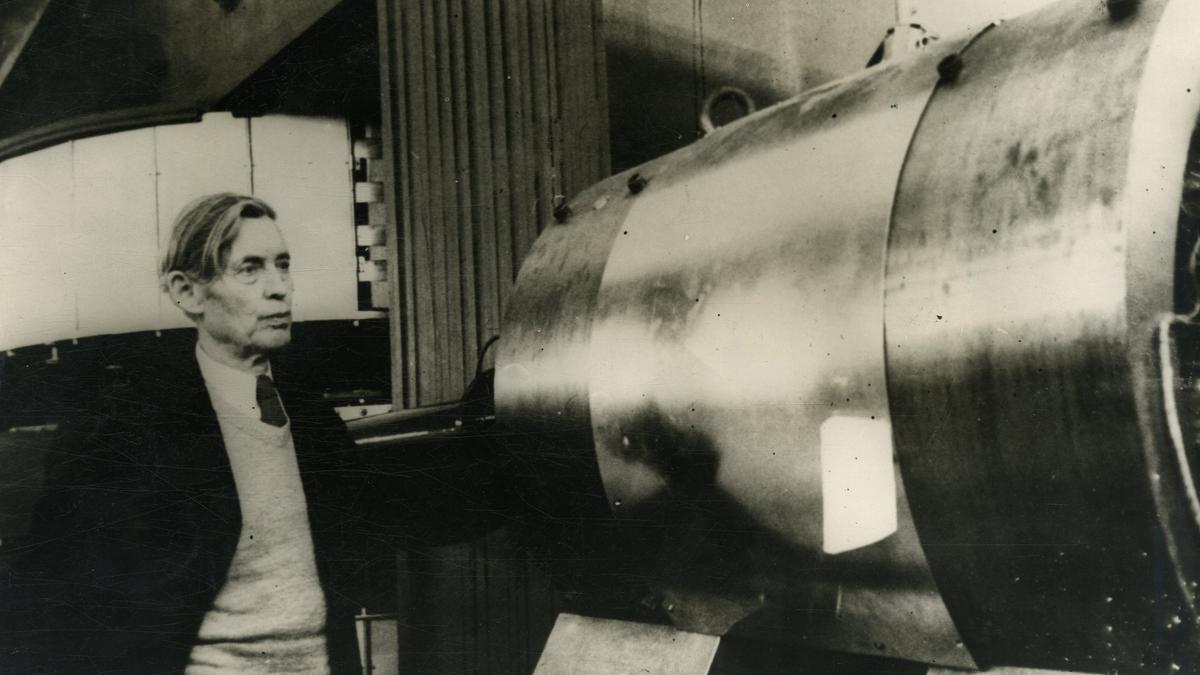[ad_1]

(From left) India’s astronaut-designates Shubhanshu Shukla, Prasanth Balakrishnan Nair, Ajit Krishnan, and Angad Pratap. File photo.
| Photo Credit: PTI
What is this new mission?
On June 22, 2023, the U.S. and India issued a joint statement after Prime Minister Narendra Modi met President Joe Biden. Among other things, the statement mentioned “a joint effort to the International Space Station in 2024”. The two astronauts — or “Gaganyatris”, as ISRO is calling them — are the Indian participants for this mission.
ISRO published a statement on August 2 in which it said: “During the mission, the Gaganyatri will undertake selected scientific research and technology demonstration experiments on board the ISS as well as engage in space outreach activities. The experiences gained during this mission will be beneficial for [Gaganyaan] and it will also strengthen human space flight cooperation between ISRO and NASA.”
Who is part of India’s crew?
On February 27, during a visit to the Vikram Sarabhai Space Centre in Thiruvananthapuram, Prime Minister Modi announced the names of the four astronaut-candidates for Gaganyaan mission — the ambitious ISRO mission to fly Indian astronauts to space onboard an Indian launch vehicle.
The other two, apart from Mr. Shukla and Mr. Nair, were Group Captains Ajit Krishnan and Angad Pratap. All four are test pilots with the Indian Air Force.
They have undergone training in India and Russia; according to the India-U.S. joint statement, NASA will provide Mr. Shukla and Mr. Nair “advanced training … at the Johnson Space Center in Houston, Texas”.
According to ISRO, a “National Mission Assignment Board” selected Mr. Shukla and Mr. Nair for the joint mission. All astronauts going to the ISS need to be approved by the Multilateral Crew Operations Panel, which did so. This panel has representatives from the ISS’s five international partners: NASA, Russia’s Roscosmos, the Japan Aerospace Exploration Agency, the European Space Agency, and the Canadian Space Agency.
What are the mission parameters?
Per ISRO’s statement, its Human Spaceflight Centre has signed an agreement with Axiom Space, Inc. “for its upcoming Axiom-4 mission to the ISS”. The mission, colloquially called Ax-4, is the fourth crewed mission to the ISS organised by Axiom Space, a private company based in Houston.
Axiom plans to operate the world’s first commercial space station. Its current offerings include human spaceflight services, as part of which it selects and trains astronaut-candidates, charters launch vehicles, and plans and manages space missions.
As participants of the Ax-4 mission, Mr. Shukla or Mr. Nair will fly to the ISS along with two other astronauts. SpaceX will provide the launch vehicle for the mission and its Crew Dragon capsule will house the crew. NASA has said the mission will last 14 days.
According to the ISS’s programme manager, Ax-4 will fly no sooner than November 2024. At a conference in Las Vegas in late July/early August July 30 to August 1, representatives of Boryung, a South Korean pharmaceutical company that has invested in Axiom Space, said the mission could be postponed to early 2025, Space News reported. This information remains unconfirmed, however.
What is the schedule onboard the ISS?
ISRO chairman S. Somanath said in a recent online interaction that the main purpose of the India-U.S. joint mission to the ISS is to expose the two ‘Gaganyatris’ to the way a spaceflight mission is organised and conducted and to give them flight experience, including working with the crew already onboard the ISS.
In the event that he flies to the ISS, Mr. Shukla has also been designated the prime mission pilot — a responsibility that Mr. Somanath said will put him through the paces of conducting a mission.
The two ‘Gaganyatris’ will also be conducting “five different experiments” onboard the ISS, according to Mr. Somanath, who added that “some of them … originated in India” while “some are international experiments” in which India will be “joint partners”. He declined to share specific details.
What is Gaganyaan’s status?
ISRO has thus far completed the pad abort and the high-altitude abort tests, and has tested the crew escape system, among others.
In October 2023, Mr. Somanath told The Hindu the LVM-3 launch vehicle for the mission has virtually completed the process of being rated to carry humans. He added the crew module was still being developed and that it would have to be manufactured abroad. He also said engineers were working on the capsule’s Environmental Control and Life Support System and the overall Integrated Vehicle Health Management System: “Every day, there is some test happening.”
The next major Gaganyaan milestones are a series of uncrewed suborbital and orbital test flights. The last of these is currently expected to happen in mid-2025, although the date could slip further.
[ad_2]
Source link





